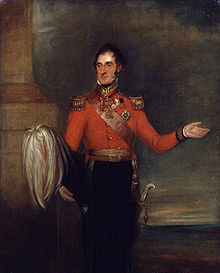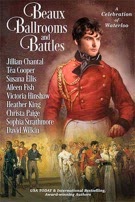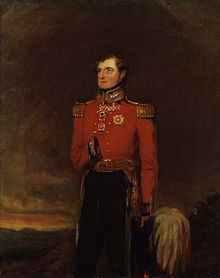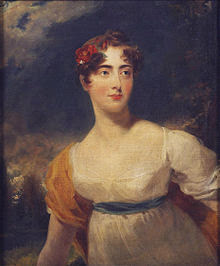Regency Personalities Series
In my attempts to provide us with the details of the Regency (I include those who were born before 1811 and who died after 1795), today I continue with one of the many period notables.
General Richard Airey 1st Baron Airey
1803 – 14 September 1881

Richard Airey
Richard Airey 1st Baron Airey was born at Newcastle upon Tyne, Northumberland, Airey was the eldest son of Lieutenant General Sir George Airey and his wife Catherine Talbot, daughter of Richard Talbot and Margaret Talbot, 1st Baroness Talbot of Malahide.
Airey was educated at the Royal Military College, Sandhurst and entered the army as an ensign of the 34th (Cumberland) Regiment of Foot in 1821. He became captain in 1825, and served as aide-de-camp on the staff of Sir Frederick Adam in the Ionian Islands (1827–1830) and on that of Lord Aylmer in North America (1830–1832). In 1838 Airey, then a lieutenant colonel, went to the Royal Horse Guards as assistant adjutant-general, where in 1852 he became Military Secretary to the commander-in-chief, Lord Hardinge.
In 1854 he was given a brigade command in the army sent out to the East, from which, however, he was rapidly transferred to the onerous and difficult post of Quartermaster-General under Lord Raglan, in which capacity he served through the campaign in the Crimean War. He was reported upon most favorably by his superiors, Lord Raglan and Sir James Simpson and for his performance was made a major general in December 1854 and was awarded a Knight Commander of the Order of the Bath (KCB). Following Raglan’s instructions, Airey issued the fateful order for the Charge of the Light Brigade. He was also criticised for incompetence in the provision of supplies and transport. Airey demanded an inquiry on his return to England, which took place under Lord Seaton and which cleared him completely, but he never recovered from the effects of persecution from his critics.
In 1855 he returned to London to become Quartermaster-General to the Forces at home. In 1862 he was promoted to lieutenant general, and from 1865 to 1870 he was Governor of Gibraltar, being appointed a Knight Grand Cross of the Order of the Bath (GCB) in 1867. In 1870 he became Adjutant-General to the Forces at headquarters, and in the following year attained the full rank of general. On 29 November 1876, on his retirement, he was elevated to the Peerage of the United Kingdom as Baron Airey, of Killingworth in the County of Northumberland. During 1879–1880 he
In 1838, he married his cousin, Harriet Mary Everard Talbot, daughter of James Talbot, 3rd Baron Talbot of Malahide. Their only daughter, Hon. Katherine Margaret Airey (d. 22 May 1896) married Sir Geers Cottrell, 3rd Baronet. Airey died at the house of Lord Wolseley, at Leatherhead, Surrey, when his title became extinct.




































